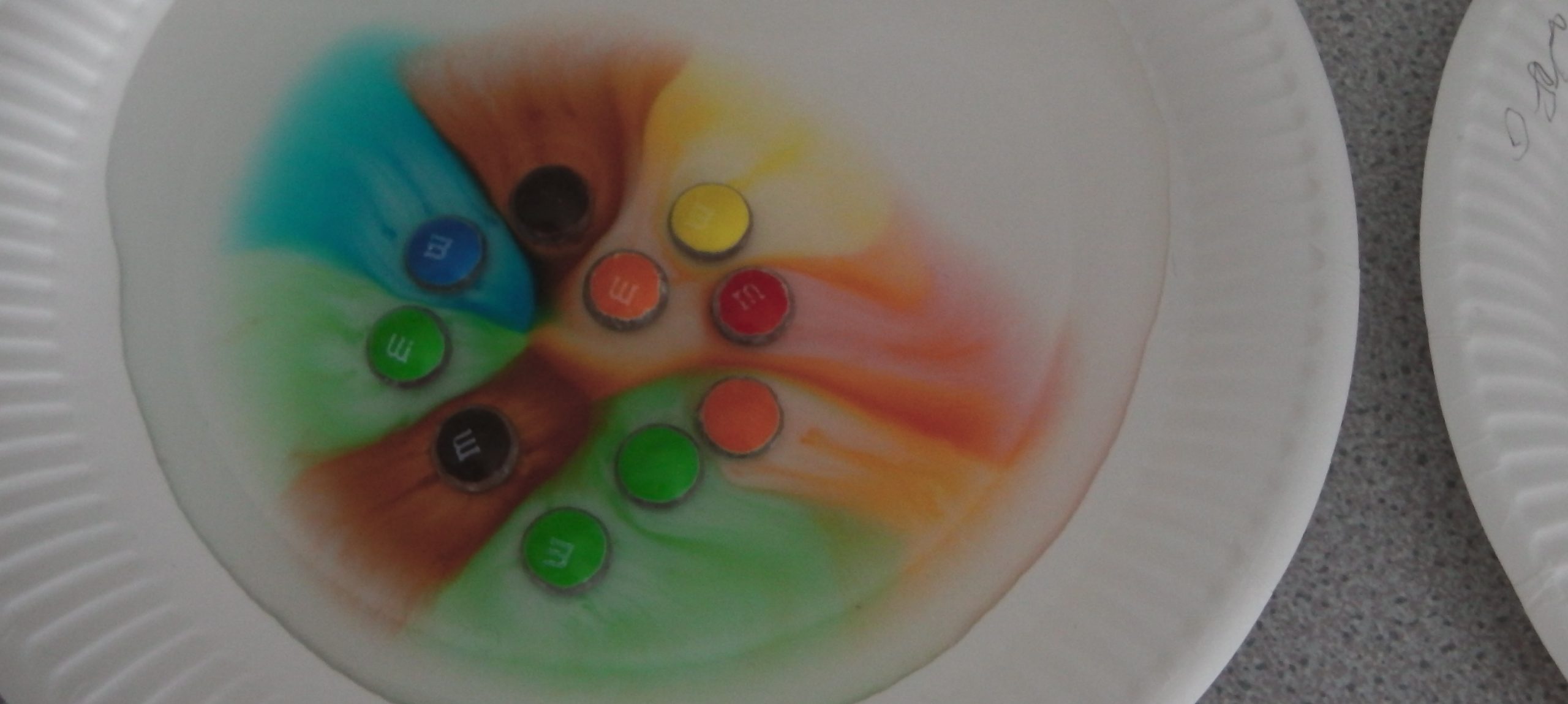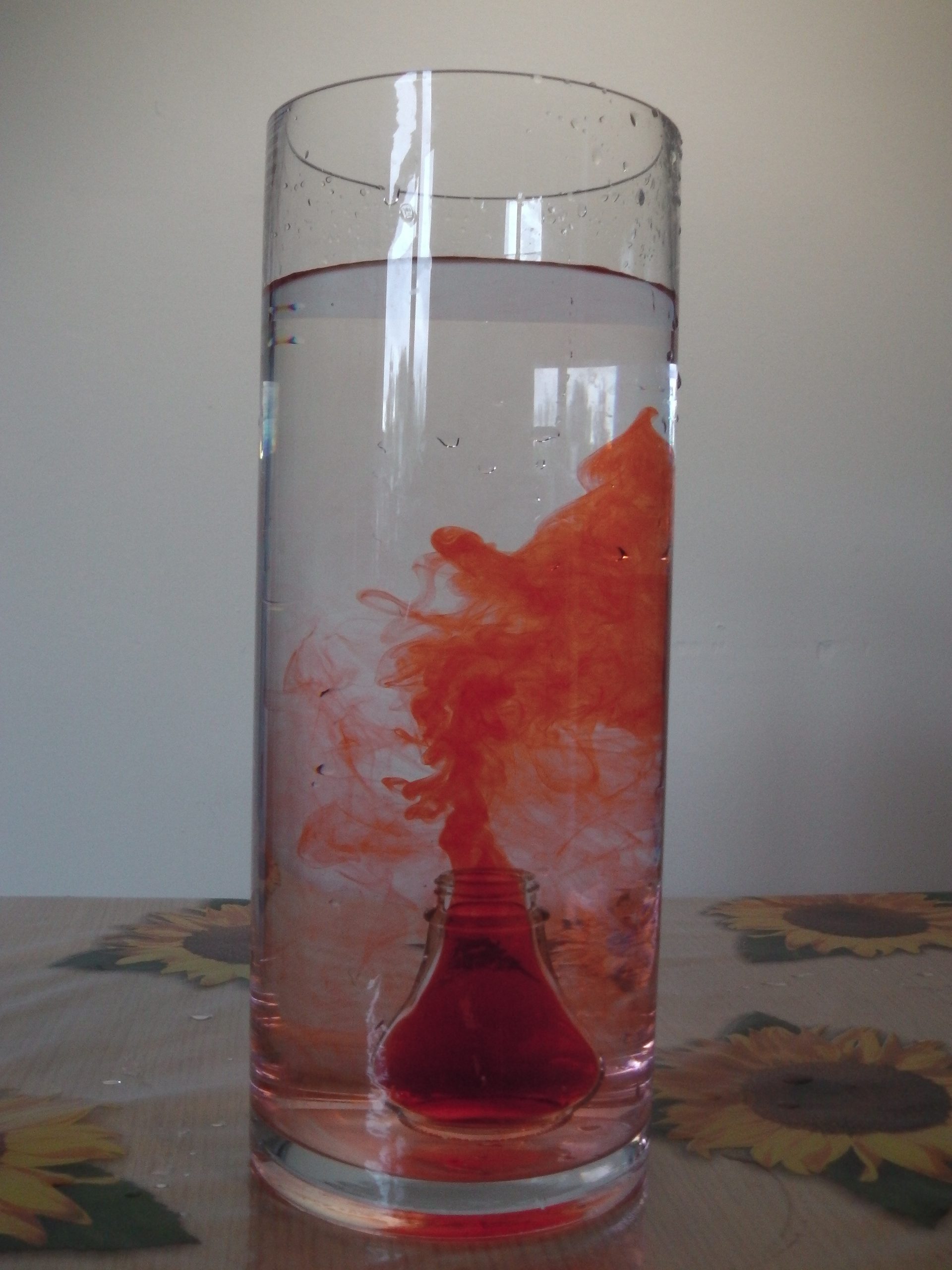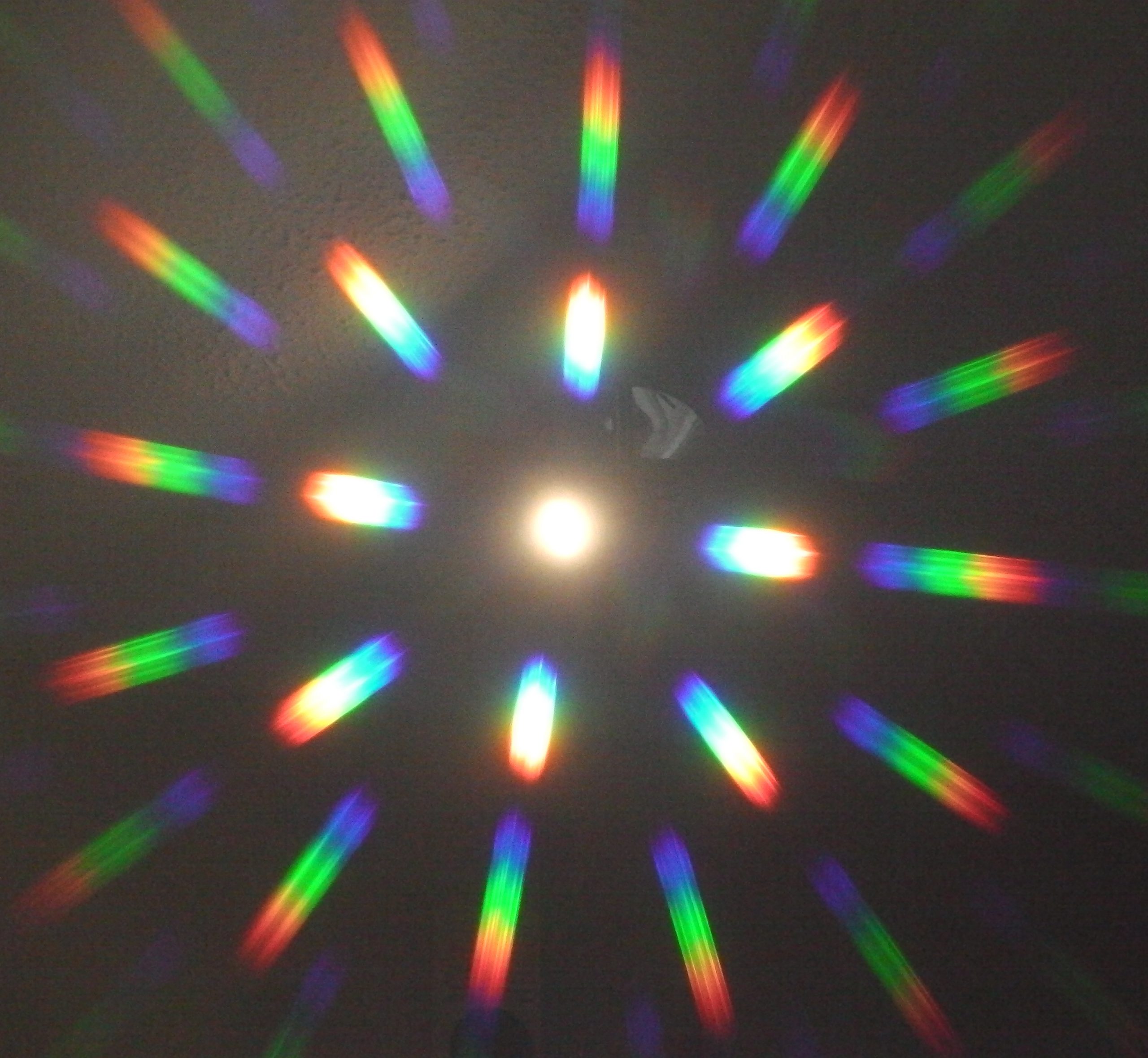
© D Gregory
My earliest scientific memory is from when I was about five, in the mid-1960s. At school we watched a black and white TV broadcast of what must have been a Gemini rocket launch – the precursor of the Apollo moon landing programme. These events of my pre-teen years got me firmly interested in science, firstly space and astronomy and then a wider range of fields that continues today. Maybe it was my own journey that enabled me to listen to the voice of a six year old whom I was about to take around the Easter Labyrinth at the Baptist church where I serve as a minister: “You’re Dr Dave. I can’t wait until I am old enough to come to Messy Science.”

© D Gregory
The six year old had been coming along to our after school Messy Church for a while, where the Messy Science Lab has become a regular feature. I have been using simple science experiments at church fun days, school Dad’s Days and fetes for many years. So when we needed something to hold the attention of older primary school boys tired of sticking and painting, it seemed a natural step to make. Seeing this young girl’s excitement over doing experiments, we opened up the lab to younger children too. Now, each month twenty children aged from 5 to 10, along with some parents, come along to the “Messy Science Lab” led by Dr Dave in his white scientist coat.
The experiments are simple, using kitchen equipment and everyday materials. Yet the wonder of childhood is that simple things evoke “wow” moments. Activities like looking at the veins on a leaf through a toy microscope, or watching spinning diatoms in a drop of pond water. Or extracting DNA – even more exciting when it’s your parents or grandparents having to wash their mouth out with nasty salt water – yes Messy Science can get messy! We’ve even tried making thunder clouds in a jar of water, trying to explain why hot red coloured water rises to the top, while cold water does not. With active imaginations, they have a go. Even if they do not always get it right, it encourages them to ask questions and to wonder about the world around then.

© D Gregory
Each experiment connects with the Bible story which is the focus for that month’s Messy Church. I was told that a Jewish Rabbi commented, “if you want to teach a child to pray, first teach it to wonder”. Perhaps Messy Science opens their eyes to a bigger encounter with the world and life. It’s an invitation to wonder about God. This invitation can begin to close for many as they grow older and science seems to trump faith in our rational world – which is something that has been part of my own journey. This invitation can possibly be kept open by the memory of sharing in an activity alongside a white-coated Dr Dave: a person who embraces both the wonder and worlds of science and faith.
You don’t have to be a rocket scientist to do Messy Science, or wear a white lab coat! There are lots of resources out there in the web. YouTube has lots of videos of simple experiments, although you have to be wise as to whether they are suitable for young children to do themselves! The Royal Institution, known for its children’s Christmas lectures on science, also has some great ideas on their website too (http://www.rigb.org). The most important ingredient though is a child-like wonder of the world, with a desire to share it with others. After all, didn’t Jesus say; “unless you change and become like little children, you will never enter the kingdom of heaven.”

© D Gregory
Rev Dr Dave Gregory is currently Senior Minister of Croxley Green Baptist Church. With a back ground in physics, astronomy and meteorology, he undertook research into clouds in weather forecasting and climate at Imperial College, The Met Office and The European Weather Centre for Medium Range Weather Forecasts. He is currently undertaking a part-time Masters in Applied Theology focusing upon how science might shape Christian doctrine, ministry and mission.




